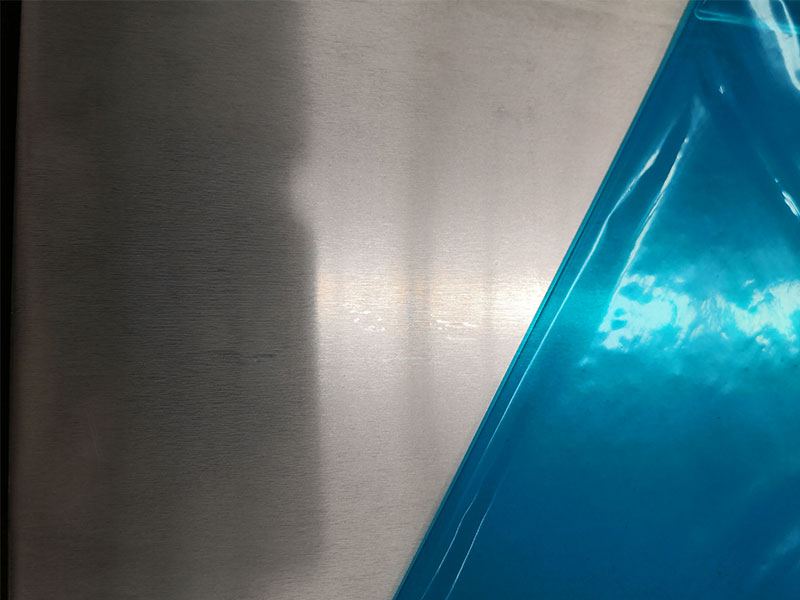Anodized aluminum sheet 6063 extrusion
Anodized Aluminum Sheet 6063 Extrusion: Durability Meets Design Innovation
In the world of metal fabrication, the anodized aluminum sheet 6063 extrusion stands out for blending functionality with aesthetic appeal. While aluminum alloys have long been a staple in construction and manufacturing, the anodizing process applied to 6063 aluminum extrusions accentuates features that make them indispensable across diverse industries.
Why 6063 Aluminum Alloy?
6063 aluminum is often nicknamed the “architectural alloy” due to its robust combination of extrusion capabilities, corrosion resistance, moderate strength, and excellent surface finish. Compared to other alloys, 6063 has a lower strength threshold but compensates with superior workability. This makes it a preferred material in scenarios requiring intricate shapes, precise profiles, and a clean appearance.
The Distinctive Edge: Anodizing Process
Anodizing is an electrochemical treatment that creates a thicker, more durable oxide layer on the surface of aluminum. Unlike painting or powder coating, anodizing becomes an integral part of the metal rather than just a surface coating. For 6063 extrusion sheets, anodizing enhances several vital properties:
- Enhanced Corrosion Resistance: The anodic layer safeguards the aluminum from oxidation caused by environmental exposure, making it suitable for both indoor and outdoor applications.
- Increased Surface Hardness: The surface hardness improves substantially, resulting in scratch resistance and a longer lifespan.
- Aesthetic Versatility: Anodizing allows for various finishes and tones — from clear to bronze, black, or even vibrant colors — letting designers implement the alloy with added visual flexibility.
- Eco-Friendly: The anodizing process is environmentally friendly compared to conventional painting, producing less hazardous waste.
Features That Make Anodized 6063 Sheets Exceptional
-
Precision in Extrusion: The 6063 alloy's composition (mainly magnesium and silicon) permits smooth and consistent slug extrusion. This precision is crucial for high tolerance architectural and industrial components.
-
Uniform Anodic Layer: Thanks to the alloy’s balanced chemical make-up, the anodized oxide film thickness remains uniform, preventing weak points vulnerable to wear or corrosion.
-
Lightweight Yet Reliable: Around one-third the weight of steel, the anodized 6063 extrusion combines stiffness with reduced weight, enabling material-efficient designs without compromising structural integrity.
Applications: Beyond Conventional Expectations
What sets anodized 6063 aluminum extrusion sheets apart is their adaptability—appearing across industries where design and durability integrate seamlessly.
- Architectural Detailing: Window frames, door frames, curtain walls, and decorative trims utilize anodized 6063 sheets to combine visual finesse with weather resistance.
- Transportation: Lightweight vehicle components benefit from enhanced corrosion protection, enhancing both fuel efficiency and longevity.
- Consumer Electronics: Casings and frames that demand precise dimensions and scratch-resistant finishes employ anodized aluminum to achieve those stringent requirements.
- Solar Technology: Frame assemblies in photovoltaic modules use these extrusions owing to their stability under varying climate conditions.
- Furniture and Interior Design: The balance between strength, finish quality, and design flexibility allows for ergonomic, stylish household or office fixtures.
A Double Advantage in Innovation and Sustainability
From the perspective of sustainability, anodized aluminum 6063 extrusion sheets offer a clear edge. Aluminum itself is infinitely recyclable, and anodizing avoids volatile organic compounds commonly found in paint-based coatings. Consequently, industries committed to green building standards find these materials a strategic choice, enabling progress toward eco-conscious manufacturing.
https://www.aluminumplate.net/a/anodized-aluminum-sheet-6063-extrusion.html







